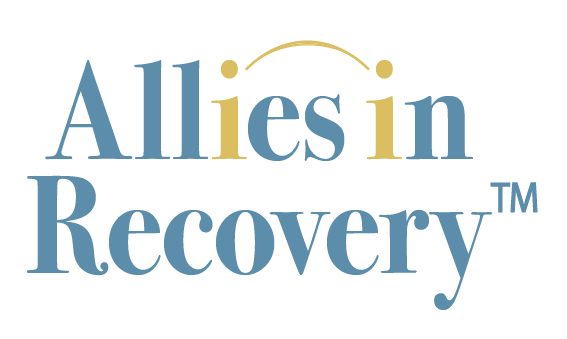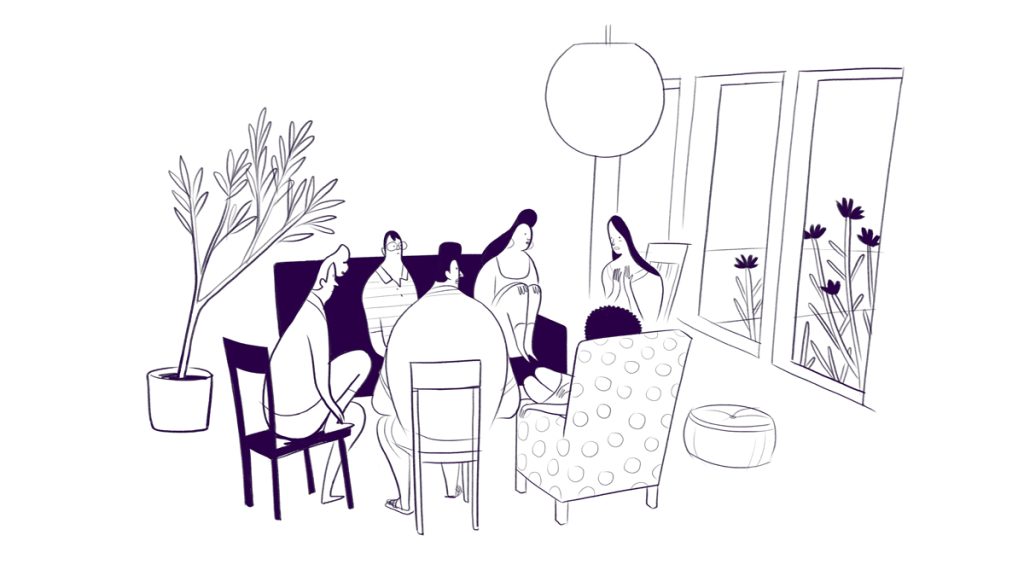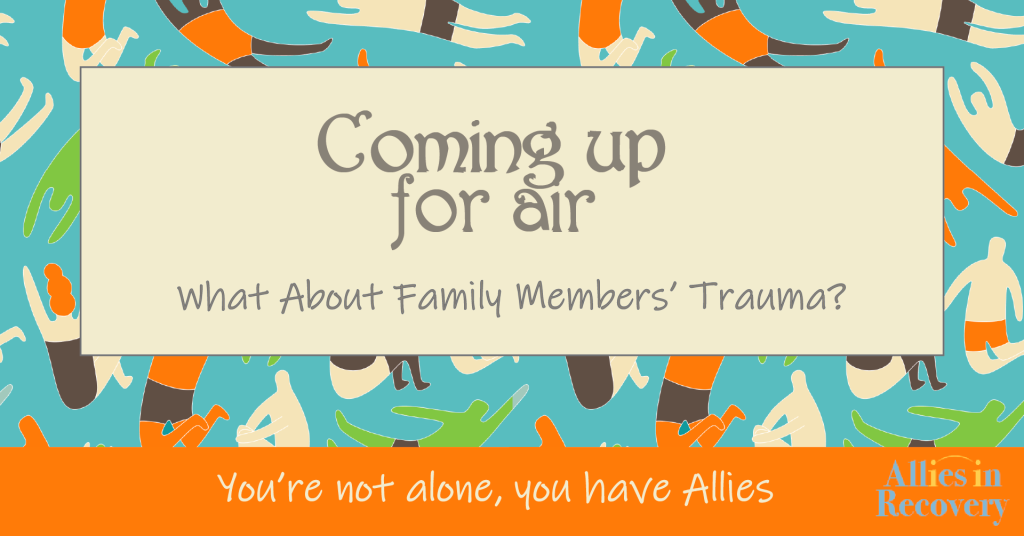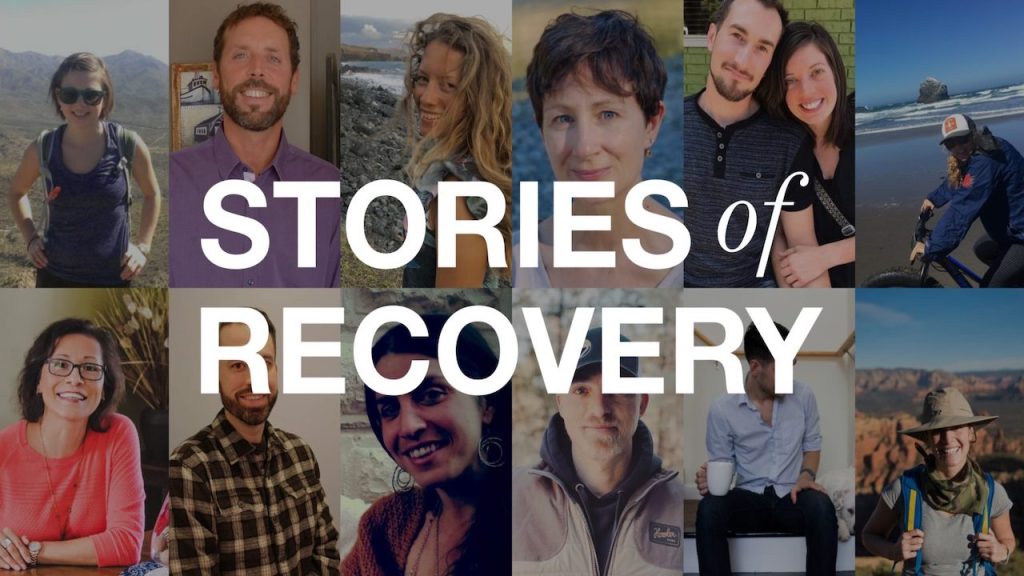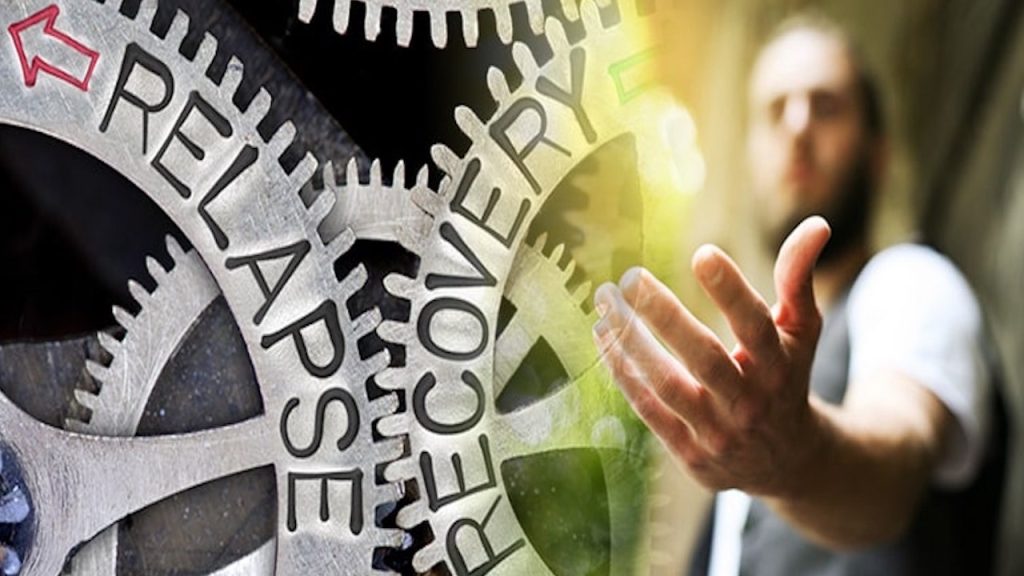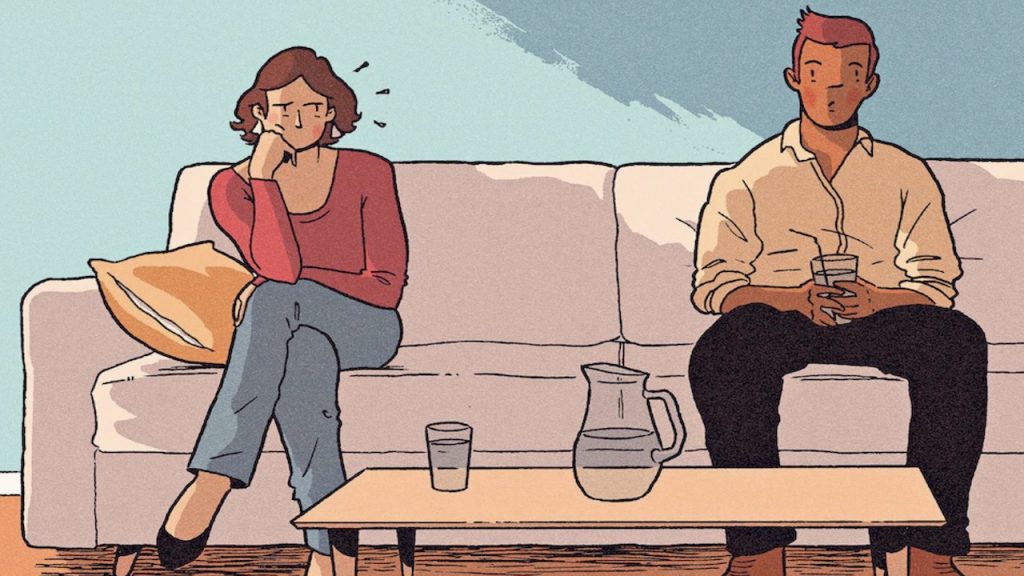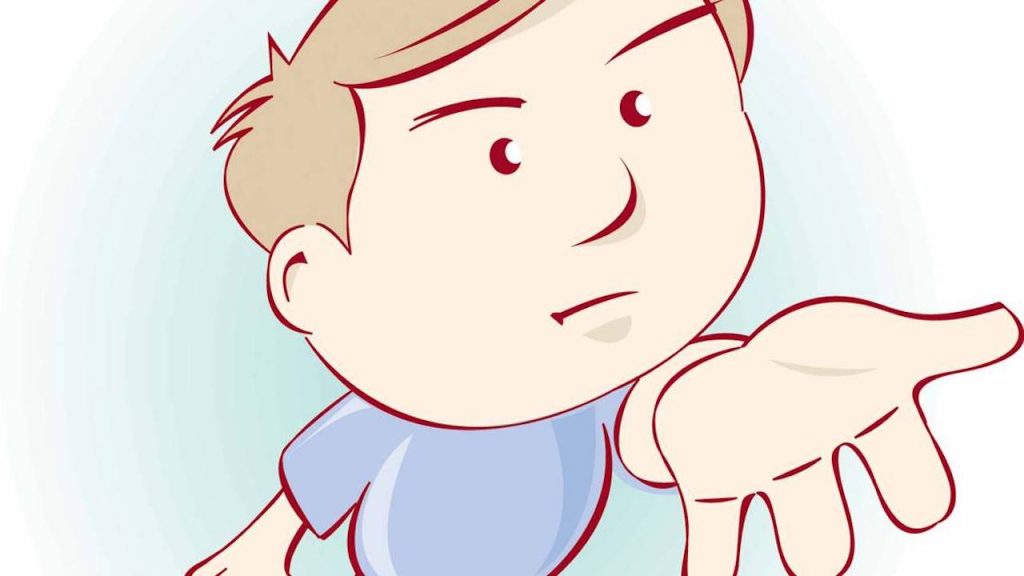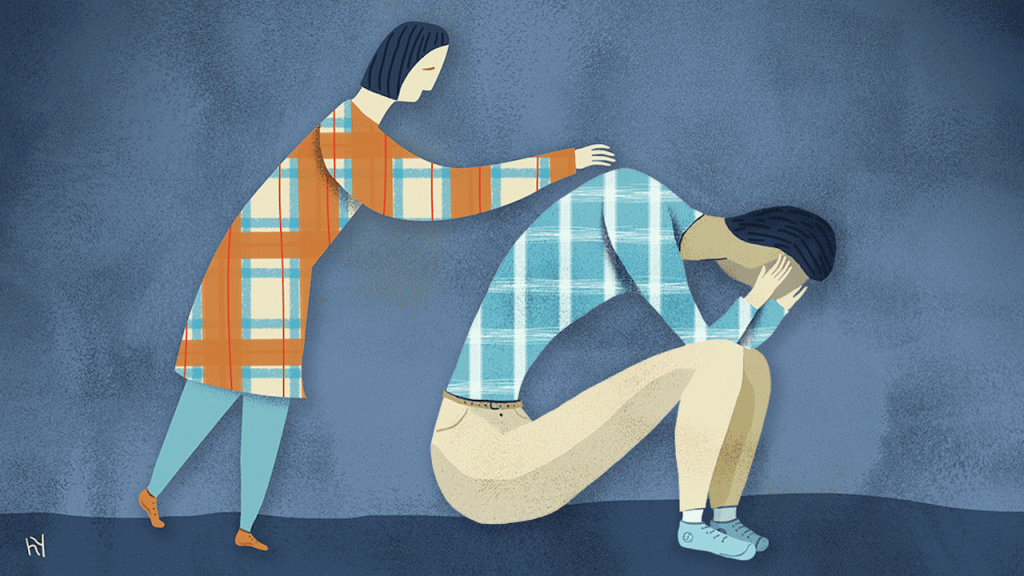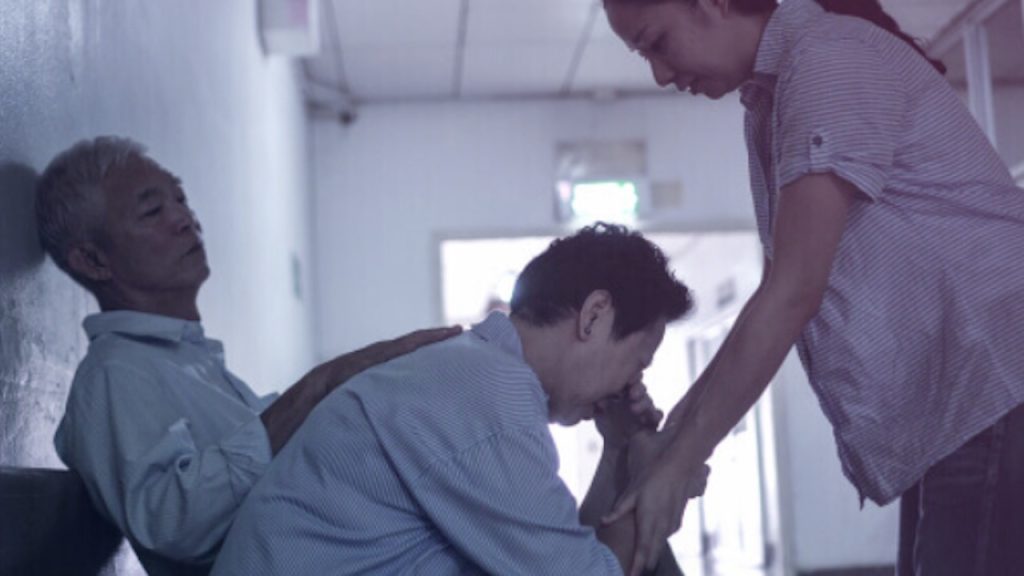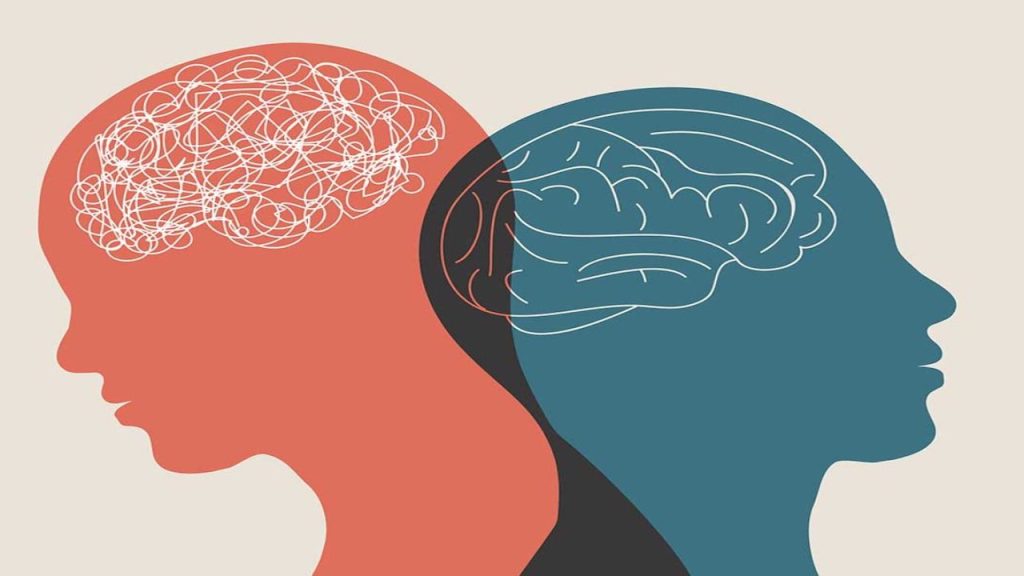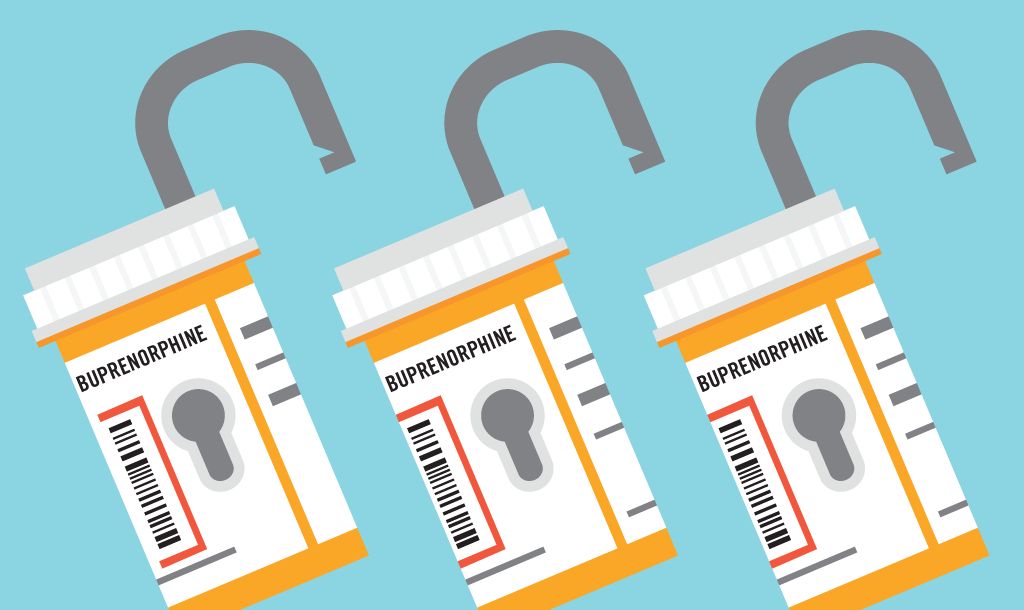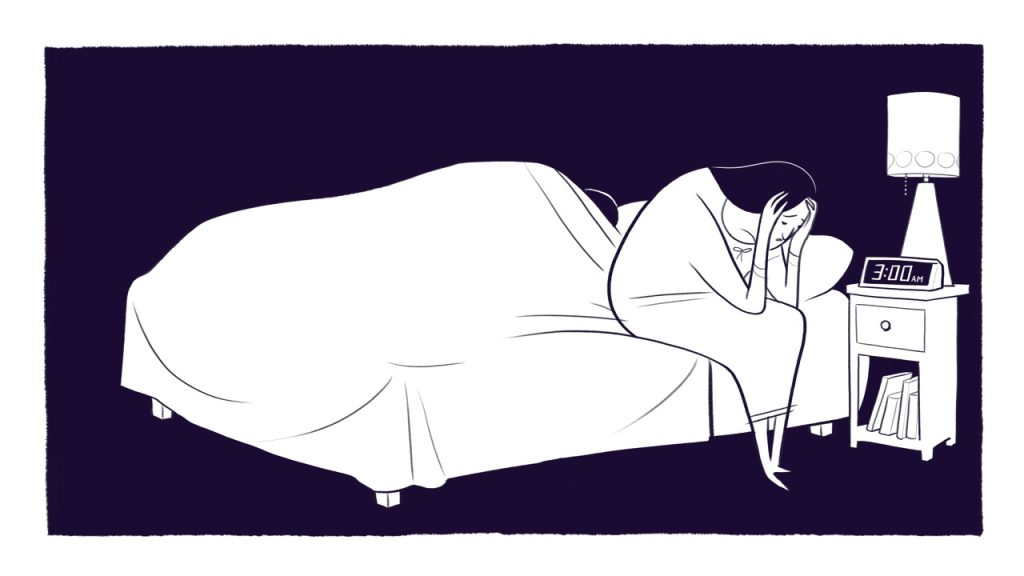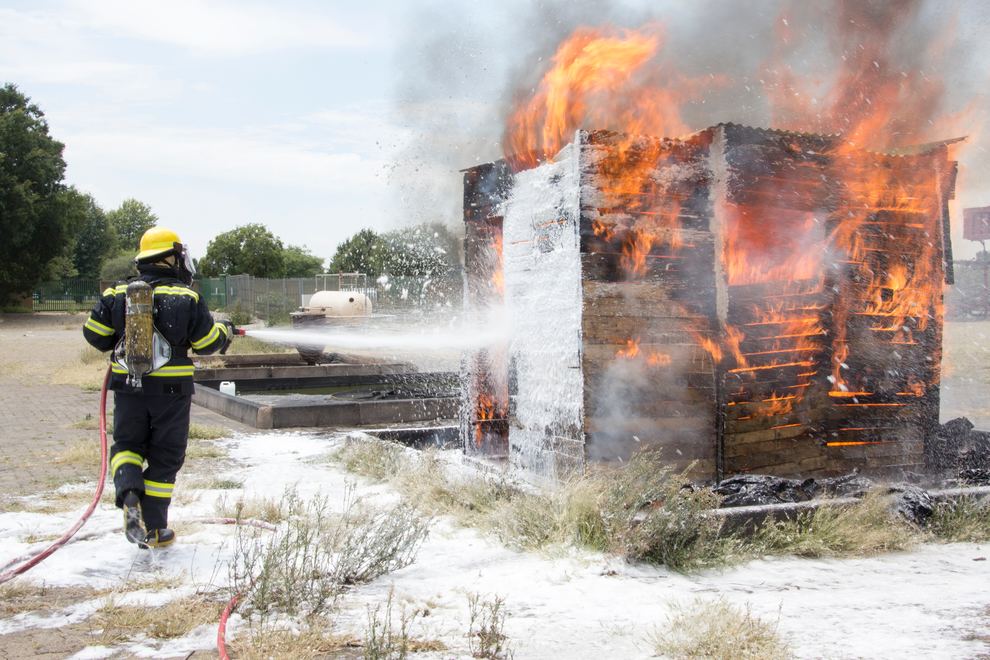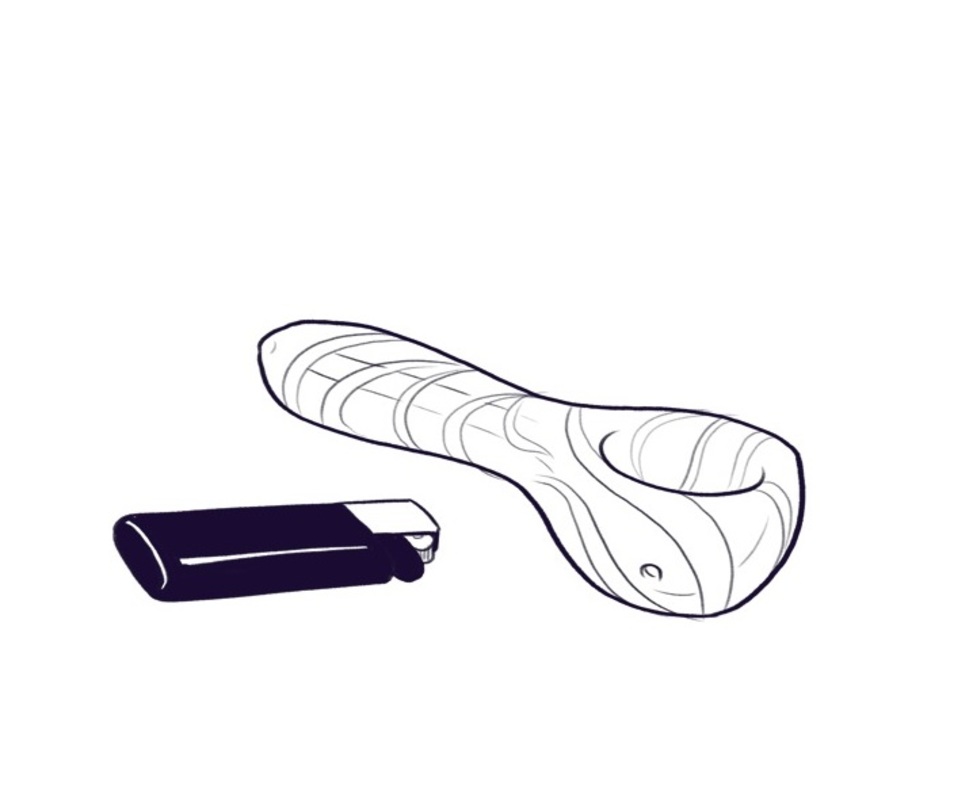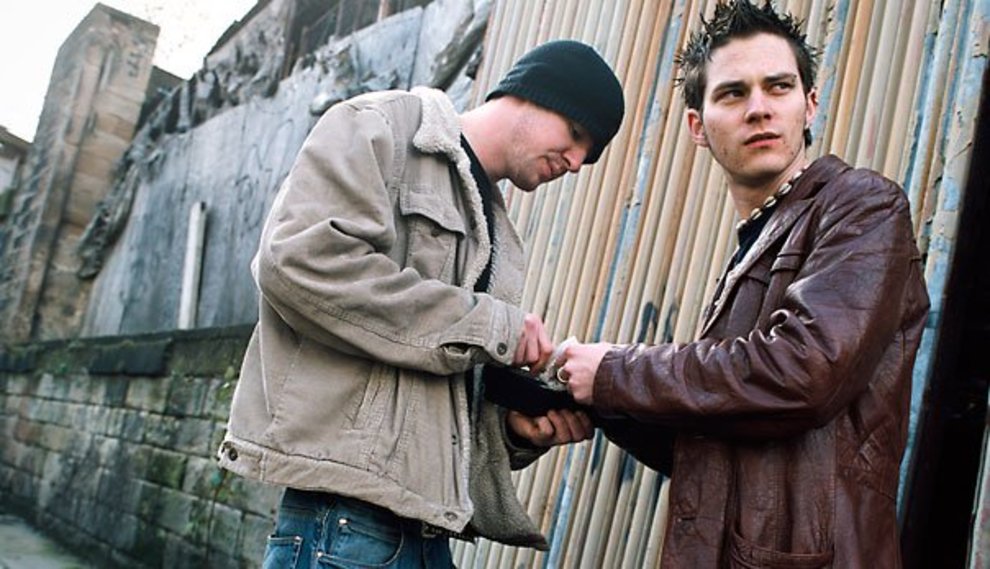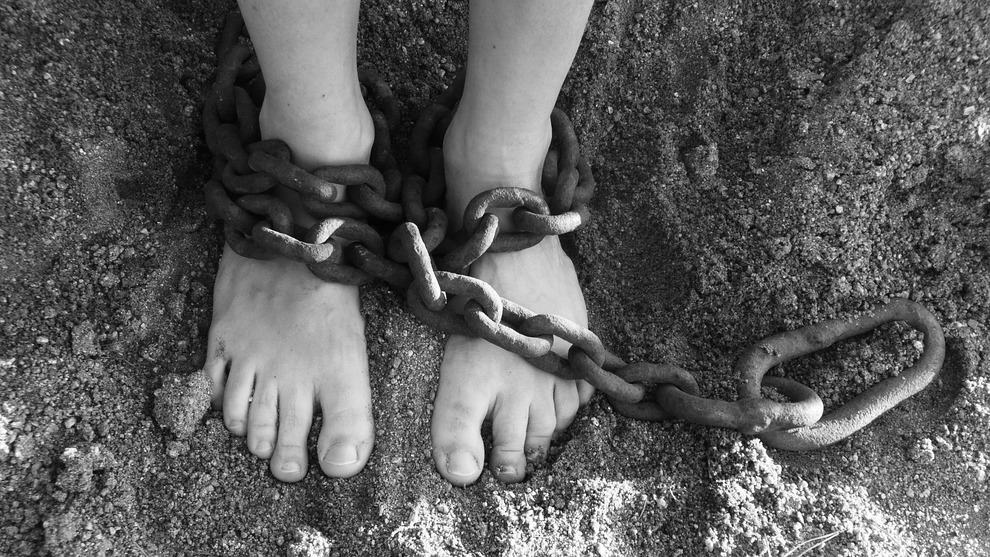My Son is Using Methamphetamines Again. What are My Next Steps? And Is There Hope for His Recovery?

The son of an Allies in Recovery member has started using methamphetamine again despite having begun therapy. The Allies in Recovery CRAFT training modules provided our member with good guidance, but she has questions about how to approach her son’s new bout of using — should she wait a while to see if the therapy helps, or if he exhibits “change talk?” Or should she be even more proactive? Is recovery even possible?
This question originally appeared on the Allies in Recovery Member Discussion Blog, where experts respond to members’ real-life questions and concerns.
“Hello. Thank you for your assistance. Your CRAFT modules provide guidance and support. I am not sure what to do. My son (20’s) is struggling with substance use (meth). He has been in the hospital but not treatment. Two years ago he went through court-ordered treatment for marijuana. Now he says he’s against treatment. He started seeing a therapist for depression. He did not use for about 3 weeks after released from the hospital. But now he is again. He doesn’t realize that I know. I am using the techniques from CRAFT with him for any conversations we do have. I am keeping positive with him. But he IS using. He sometimes doesn’t come home for a few days, then maybe just for a few hours for laundry. He has dropped out of college, but works full time at a restaurant. The counseling is just starting, two sessions in, so do I give it more time before changing anything? Do I continue to give positive reinforcement to foster lower use? I am confused if I should keep the living arrangement as it is and look for “wishes” or “dips,” [as described in the Allies Training Modules for CRAFT] or push for something else. Also, is there hope for a recovery for him since it is meth? Thank you in advance for your guidance.”
People do recover from Methamphetamine use
Methamphetamine is a challenging drug to recover from, but people absolutely do recover and go on to live healthy lives. You have but to look at David Sheff’s son to see the influence one former “meth head” can have, and to be in awe by how far son Nick has come. Nick and his father’s writings have touched so many people in similar circumstances. (See Sheff’s book, Beautiful Boy: A Father’s Journey Through His Son’s Addiction.)
Here is a good article for an overview on the use of, and withdrawal from, methamphetamines.
Remember, using the CRAFT approach we train you in, 70% of families get their Loved One into recovery within 12 weeks. Read on for some insights on depression, addiction, and how to use CRAFT.
Depression with methamphetamine withdrawal is achingly slow to lift
Your son is struggling and is being treated for depression. This isn’t surprising because depressed feelings accompany most drug withdrawals. The difference with methamphetamine is that the depression lifts so achingly slowly that it’s barely noticeable for the user.
And the thing with depression is that it carries with it a unique, dominant belief: that is, the strong belief that things are hopeless.
William Styron, who wrote Sophie’s Choice, suffered from debilitating depression that came on when he quit alcohol in his 50’s. The New York Times calls the author “the Great God of Depression“. In Styron’s “memoir of madness”, originally published in Vanity Fair, entitled Darkness Visible, he describes something unique to depression: with depression, the mind sees no end to it. Styron talks about being in Paris to accept a prize and seriously considering stepping off the curb into the traffic on the way to the ceremony.
In his now-famous NYT Op-Ed, where Styron outs himself as mentally ill, he describes one particular bout of depression with these words: “my nights were without sleep and my days were pervaded with a gray drizzle of unrelenting horror. This horror is virtually indescribable since it bears no relation to normal experience.”
Styron points out how with most any other condition, whether physical or mental, a sort of survival system kicks up and reminds us to hang on, this too shall pass. But not with depression.
I was recently reminded of this while speaking to a friend who is dying in the hospital of terminal cancer. She wasn’t a sufferer of depression. I was amazed at her clarity; she knew she was dying and was accepting of it; resigned too, but also accepting. Yet, still sprinkled throughout our talk were anecdotes of people who had their cancer cured, despite all odds. She looked forward to going home. I think we both knew she wasn’t going home. These were amazing moments of hopefulness despite all odds…spontaneous thoughts that simply don’t strike you when you’re depressed.
With methamphetamine withdrawal also comes anxiety
As the weeks go on, recovering from methamphetamines is also hampered by increasing levels of anxiety. Your body is weak, yet your mind makes your body jittery, so you have trouble sitting or lying still. You are overwhelmingly sad, AND the internal (depression) messaging continues: NONE of this WILL EVER LIFT!
Completely absent are those tiny, spontaneous, hopeful thoughts that the pain and discomfort will end.
How long would any of us last in this situation? How long would any of us last if finding the dealer could end all this pain in an hour? (Hope gets a jolt… “Yes, I could find the dope dealer and feel normal instantly” …even just that thought feels good.)
Treatment options: Counseling for depression, CBT, Medication, Contingency Management
Your son is talking to a counselor. It’s very new to him. Somehow, a counselor for depression is outside the realm of “treatment” in his book. You have found a way in. Well done.
Your son’s counseling could include an evaluation to see if medication could help. There’s some evidence of the opioid blocker Naltrexone being effective. Cognitive Behavioral Therapy (CBT) is a widely studied form of talk therapy useful for both depression and drug use. Membership to Allies in Recovery offers our posts about CBT, and other posts specific to Stimulant Use Disorder; also see information about a promising approach called Contingency Management.
Safety is a real concern when methamphetamine is in the mix
If you click on methamphetamines in our list of public blog topics, you’ll have access to read about other families on the Allies in Recovery site dealing with methamphetamine addiction. One of the posts focuses on our concern for the family member’s safety when methamphetamine is in the mix. In this piece, we evoke the possibility that a Loved One can become violent, even when there is no prior history of violence.
Your son’s recent hospitalization, short period of abstinence, and his current use of methamphetamine all signal to me the need for a program that is residential, long-term, and designed for Stimulant Use Disorder.
But does that even exist? One thing is for sure, you cannot be it. You are neither trained, nor equipped, to provide the specialized environment for your son. Rather, CRAFT would prefer you put your energies into shepherding him through the door of that specialized care.
A plan of action
Step 1. Safety: Visit Module 2 on the Allies in Recovery member site. One can learn various means and techniques to ensure your safety as you endure supporting a Loved One in active addiction. By viewing Module 2: “How Do I Stay Safe?”, you will instantly know when things are heating up in your relationship, how to de-escalate conflict in your relationship, as well as how to develop a safety plan. Your safety is key, especially when stimulants like Methamphetamine are in use.
Step 2. A Program: Locate or cobble together the closest programming anywhere in the US that is residential, long-term, and designed for Methamphetamine / Stimulant Use Disorder. Don’t get discouraged with this. It may not be possible to find much. Can you afford private care? Private care opens the possibility of dude ranches or cool urban group programs in the heart of big cities. Write programs down on paper and prepare a draft of a text (whatever will be easiest for your son to return to).
Step 3. Communication: Focus on the communication skills CRAFT will teach you. Connecting with your son through communication will keep that bridge between you solid. It is this bridge that he will eventually cross when he’s ready to say, “Mom, I’m tired. Let’s look at that list of yours.” Module 4 in Allies eLearning puts you through a rigorous and effective training on how to gear your communication to someone who is addicted to drugs or alcohol.
Step 4. Presenting the List: Present your son with a list of options in a formal talk. Keep it small and short. You can learn more about such techniques in Allies’ Module 8, such as how to use our quick outline for a formal talk. Here are a couple of examples of a formal talk.
Timing: After a good dinner?
I just want you to have this. It’s a list of places that can help with meth addiction. I put it together for when you might want help. I’m going to put it on the side of the fridge (if that’s okay), and send it to you in a text. (Avoid the word “treatment” at all costs).
and/or
I’m scared. You’re using meth occasionally. I’m getting help for myself so that I can manage my own stuff around this. They suggested I work on a list of options for you. If and when you need more help, here’s the list. Know that I love you, and I’m not going anywhere. Thanks for listening to me.
Step 5. Using/Not Using, and Rewards: Right now, your son is living at home and working in a restaurant full-time. He occasionally takes off for a couple of days. Would you agree that these are the days he’s using methamphetamines?
When he is home, is he abstinent? More or less?
The Allies’ module 5 teaches you the family, the 3 principles of how to behave when you see use, in your loved one, in the moment. So, ask yourself this central question:
Is he using right now or not?
For now, let’s just go on the assumption that:
When he comes home from being gone for days, he is withdrawing from a methamphetamine binge.
The 3 Principles when you see use are to disengage, remove rewards, and allow natural consequences, in the moment. We help tailor these principles to your family, when members send in questions about their situations, and we respond and give out feedback in our member blog. (Later some of these are turned into public blog posts. Privacy is always key, and we never use real names.)
Once the worst of the symptoms subside and he starts to return to:
Being home, sleeping at home, and going to work as scheduled, we’ll call this the period of “he is not using methamphetamines”.
So, we pose the same question:
Is my loved one using right now or not?
Then you’ll apply a reward. For you, this might mean being light, cheery, staying off hard topics, and generally turning up the family warmth. Rewards can be stuff, verbal praise, a meeting of the eyes and a smile. Allies’ asks you to list these in advance and have them at the ready in moment of catching your loved one not using.
Remember that 70% of families get a Loved One into treatment within 12 weeks when they use the CRAFT approach we teach in our Training Modules on the Allies in Recovery site. We help our members lay down a plan based on what they can do – the actions you can take.
We’re here to help.
If you’re an Allies member, check out the member site for our “10-day Challenge” to claim your reward of a FREE one-day CRAFT training – just for finishing half the modules.
If you’re not yet a member of Allies in Recovery, but want to join us TODAY to get trained on how to reduce the chaos of addiction in your family, click here.
A membership at AlliesinRecovery.net brings you into contact with experts in CRAFT – the proven, most successful method for getting your loved one into recovery. Our unique, award-winning learning platform teaches you CRAFT, so you can play an important role in the recovery journey. With Allies, you’ll get information critical to understanding your loved one’s alcohol/drug addiction; you’ll learn the strategies and skills you need to engage your loved one onto the path to recovery; and you’ll get guidance on how to identify and cope with the flood of emotions you are feeling — because when you are coping better, you can better help your loved one.
